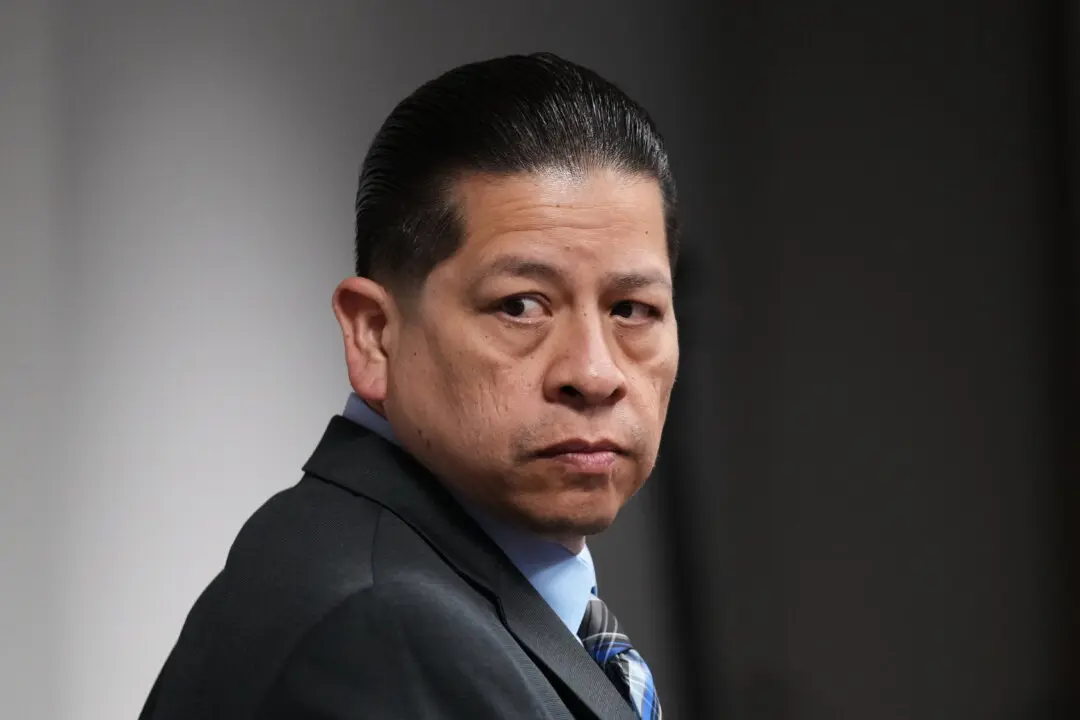SIOUX FALLS, S.D.—It was an anonymous two-story house with an outdoor side staircase, nothing that looked ominous to Kevin Koliner when he passed by going to and from work. On one evening stroll, the federal prosecutor heard loud noises but figured it was just a party. Later, he'd discover the ugly truth.
In a squalid second-floor apartment, just blocks from the U.S. attorney’s office, Mohammed Sharif Alaboudi ran a violent sex trafficking ring, preying on young, troubled women. He plied them with drugs and alcohol, gave them clothes and a place to stay, and forced them to engage in sex acts with strangers. Prosecutors dubbed his place a “house of horrors.”
The case of Alaboudi, now serving four life terms, offers a glimpse into how the feds are waging an aggressive campaign to root out the illegal sex trade lurking in what might seem an unlikely locale: the quiet prairies and sleepy hamlets of South Dakota.
“We’re just a friendly state and I think traffickers see this as a trusting place and think, ‘They’re never going to catch me. They’re not so bright,’” says Jenise Pischel, program coordinator at Our Home Inc., a private non-profit that has helped trafficked girls., including a 14-year-old in the Alaboudi case. “Well, we seem to be catching an awful lot of them.”
In recent years, the feds have pursued about 50 sex trafficking cases, winning dozens of convictions, three resulting in life sentences. Bolstered by state and local authorities, they’re also getting support from a diverse network that includes Native Americans, motel owners, church groups and the Junior League.
The cases have ranged from predator stings at the last three Sturgis motorcycle rallies to busts of lucrative businesses that have transported girls as young as 14 to Minneapolis, Fargo, Sioux City, and other cities around the Midwest. Police also have detected a circuit some traffickers travel that includes parts of the Bakken oil fields in North Dakota.
Most traffickers who’ve operated in South Dakota have been transplants with criminal records; two serving life were reputed Chicago street gang members. Customers—or those caught in stings—have ranged from a Texas air traffic controller nabbed at Sturgis after answering a bogus online ad offering sex with a 12-year-old (his sentence: 15 years) to a Lamborghini-driving local doctor who prescribed illegal Oxycodone to a trafficker (his punishment: 22 months).
While trafficking exists across the nation, there is something distinctive about South Dakota: About half the women in the federal cases have been Native American, a particularly vulnerable population in this state where some of the nation’s most impoverished communities are on reservations.
“You’ve got a number of perfect-storm factors,” says Sarah Deer, a law professor at William Mitchell College in Minnesota and an expert on domestic violence in Native American communities. “You’ve got poverty, you have high, high rates of sexual abuse, which is often a precursor to prostitution and you have just a sense of desperation on the reservation in terms of day-to-day life.”




